|
Sans Digital MobileSTOR RAID Enclosure (MS2UTN+)
Testing
Firstly, I need two identical 3.5" SATA hard drives. I have two 10k rpm Western Digital 150gb Raptors to use. Before I continue, I must format these hard drives individually inside of a computer, outside of the enclosure.
Next, I remove each bay of the enclosure using the state-of-the-art toothpicks, screw in the hard drives, and slide them back in. They lock in and connect to the power and RAID controller in the back without effort on my part. I power on the device and plug the enclosure into the computer via USB. The device in plug-and-play (and hot-swappable) under USB and works just fine for me under both Windows and Linux (sweet). The reason to use USB initially as opposed to eSATA is that this allows for on-the-fly changes to the RAID settings, whereas under eSATA, you need to reboot the operating system so that the RAID configuration will initialize.
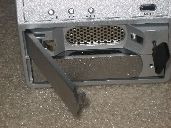 |
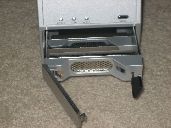 |
Unlocked drive bay |
Drive bay removed |
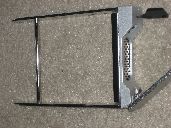 |
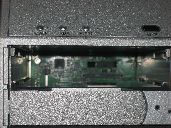 |
Drive bay |
Drive bay removed |
The toggle is strange at first as it is a small flathead type object, which requires a very skinny flathead screwdriver to change settings. This in itself isn't too bad, but there's no way to tell simply by looking as far as what setting it is at currently. It requires trial and error (using USB) to attempt to figure out which direction the invisible arrow is pointing initially. Rest assured, the arrow should lie along the slot, but the only question is which direction. After figuring it out, however, you must only remember which setting it is on, which shouldn't be hard unless you have the memorization capabilities of a fish.
That's all there is to say about the analysis, so all that's left is to see what kind of operating speed I get. Using two 10k rpm drives in a striping configuration should be significantly faster than a single 7200 rpm drive, and even having only one should still be faster than using a 7200 rpm drive, hence the speed should still be higher in a mirroring configuration. That said, let's see what kind of speed we get using USB using Sisoft Sandra to perform benchmarks.
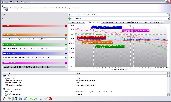 |
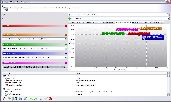 |
Results under USB |
|
Frankly, I'm disappointed. It's important to note that USB itself is very limited, but 26MB/s is simply too slow for two 10k rpm drives in a striping configuration. Compare this to the Vox V1 enclosure I reviewed that provided USB speeds of 33.3MB/s on the exact same system, and it only had a single 7200 rpm hard drive. Of course, who would get a RAID enclosure and just use USB? We want to test this using eSATA!
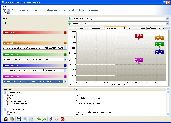 |
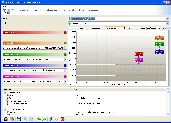 |
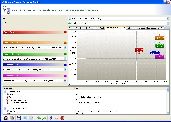 |
Striping using enclosure |
Base speed of internal hard drive |
JBOD using enclosure |
Hmm.. One thing I see is that, while the resulting striped speed is 79MB/s and is very high, it pales in comparison to the highest speed preloaded into Sisoft Sandra, which is applicable to a RAID configuration using drives of the same size, but at 7200 rpm versus 10k rpm. This goes against logic, and therefore tells me straight away that the MobileSTOR is not competitive with high-end enclosures. After all, the speed of the 7200 rpm hard drive inside the computer operates at 45MB/s (the norm for SATA), and the enclosure provides a JBOD speed of 62MB/s, which means that we're getting a proportional benefit to simply using a 10k rpm hard drive. This tells me that using this enclosure for JBOD, you can expect speeds comparable to any external hard drive enclosure on the market, but under a RAID configuration, you will lose speed compared to other RAID enclosures on the market.
Conclusion
All in all, this is not what I would consider a high-end RAID enclosure. However, at $142 direct from Sans Digital, and the ability to save a few extra bucks finding a source on Froogle, the MS2UTN+ is the least expensive RAID enclosure I can find on the market. The fact that you can get good (though not great) speeds out of a quality-built product at a very affordable price (compared to the rest of the market) should be very appealing to customers of all types.
REAL TIME PRICING ON THE WESTERN DIGITAL 150GB RAPTOR'S USED IN THIS REVIEW





